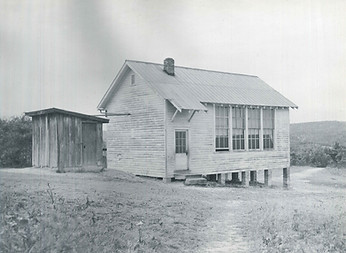We Face the Dawn
Oliver White Hill and Spottswood William Robinson III were the nation’s most significant grassroots legal team in combating Jim Crow segregation in the 1940s and ‘50s. Born into early twentieth century Richmond, the pair initiated scores of legal challenges to racial apartheid in education, transportation, housing, and voting. Most notably, they filed and argued Davis v. County School Board of Prince Edward County, which combined with four other cases to produce the historic 1954 Brown v. Board of Education of Topeka decision, striking down racially segregated schools. Earlier, their campaign to equalize black and white teacher salaries as well as school facilities and transportation served as a model for southern states and an essential underpinning for Brown.
Hill, vibrant and combative, and Robinson, exacting and deliberate, also helped form a tiny brotherhood of trusted intimates led by Thurgood Marshall. Connected largely through the Howard Law School, the group provided the intellectual fortitude and assembled courage to defeat a white power structure determined to thwart them at every turn. When the Virginia General Assembly retaliated to the assault in 1956 with laws designed to disbar the lawyers and discredit the NAACP, Hill and Robinson carried the fight to the United States Supreme Court—and won.
Additional content:

Brown v. Board of Education plaintiff attorneys with Hill and Robinson flanking Thurgood Marshall. (NAACP Legal Defense and Educational Fund, Inc.)
Buy the Book
(or order from your
favorite book vendor)

Granite Elementary School, Pulaski County, Virginia, about 1948. (Corbin v. County School Board of Pulaski County, National Archives at Philadelphia)
They were “the best local civil rights lawyers that we had anywhere in the South.”
- Federal Judge and
former NAACP Chief Counsel
Robert L. Carter